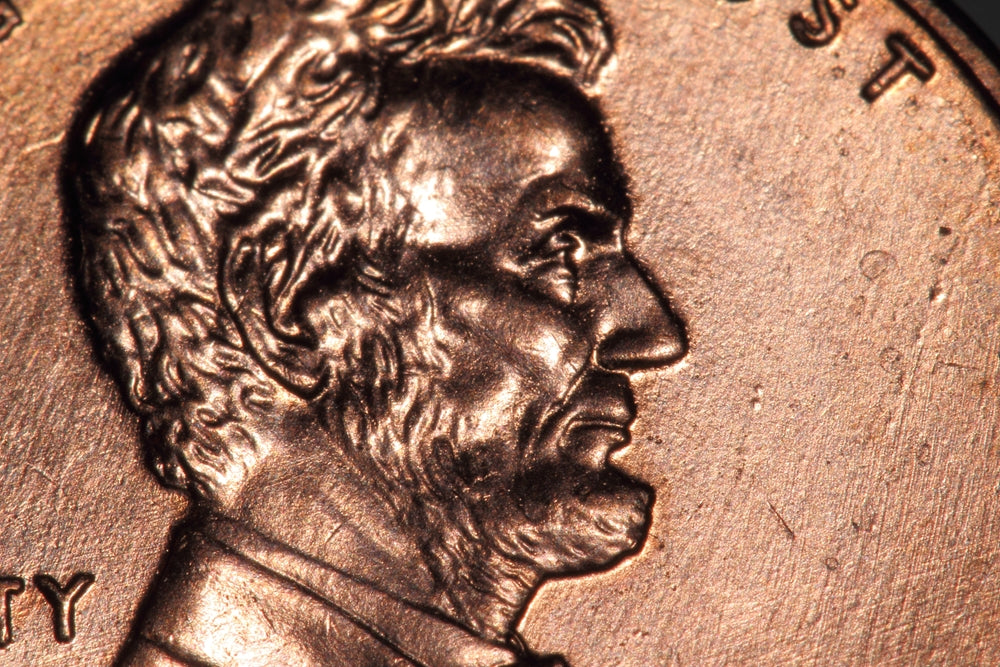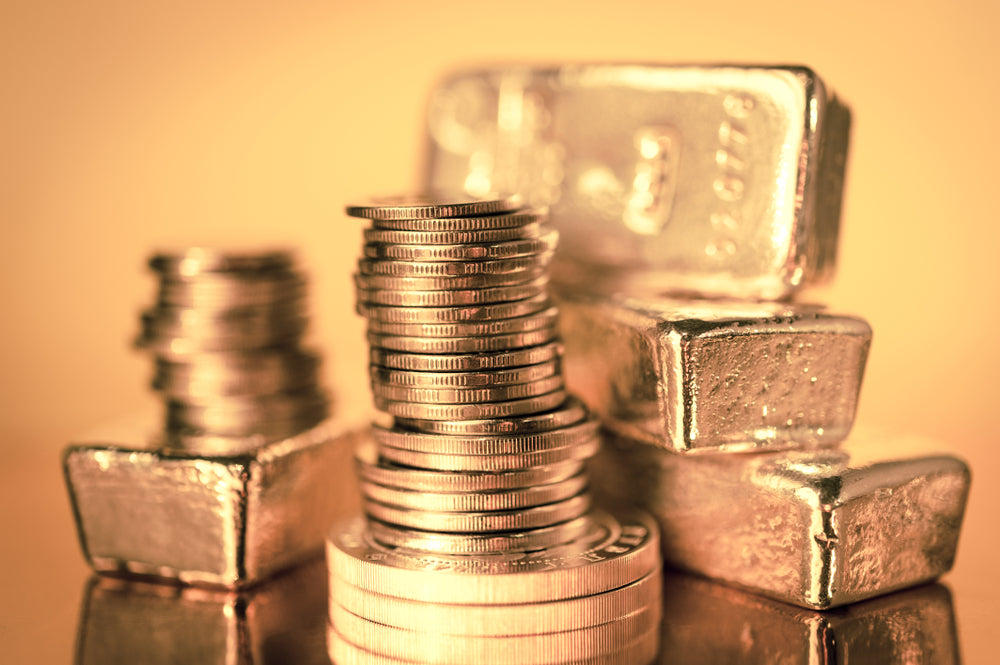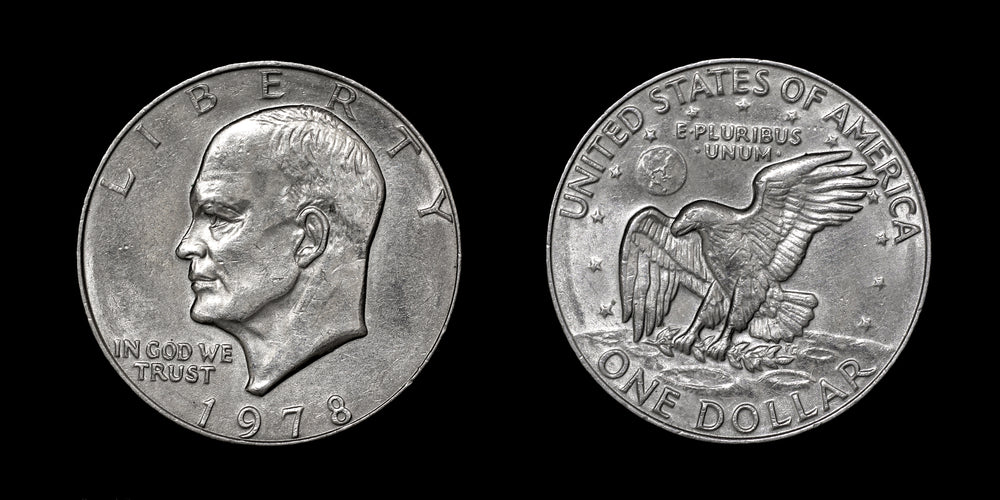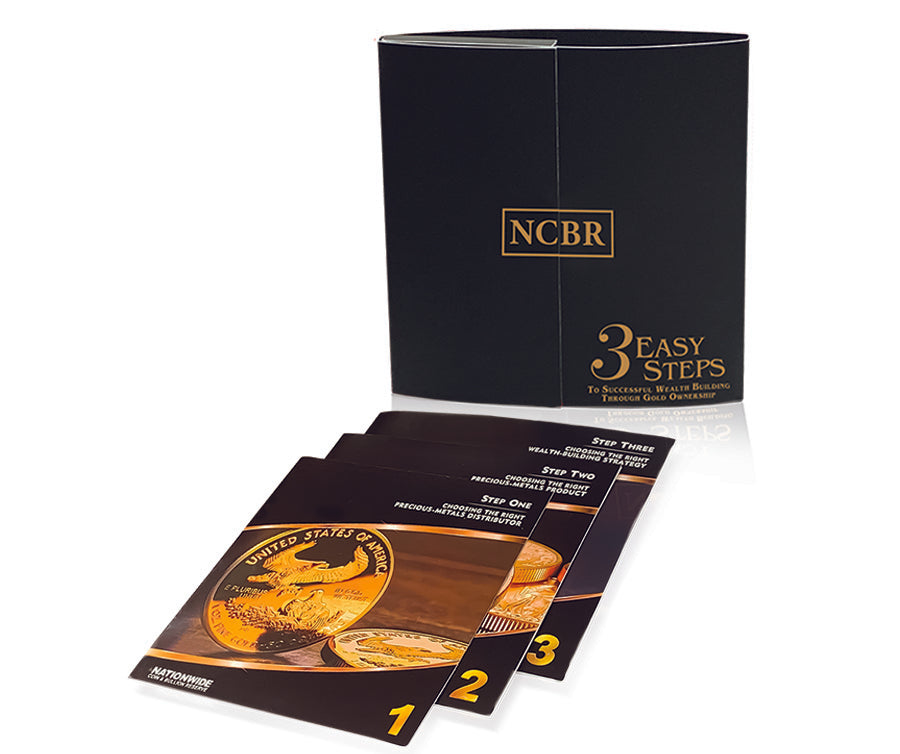In the world of numismatics, where history and currency converge, the 1944 penny holds a unique place. This unassuming copper coin, with its distinguished history has become a subject of curiosity for collectors and enthusiasts alike. Whether you're a seasoned collector or just someone who stumbled upon this intriguing coin, the burning question remains: What is the value of a 1944 penny today?
Exploring the Mystery of the 1944 Wheat Penny
The 1944 Lincoln Wheat Penny, designed by Victor David Brenner, holds a fascinating story. It marked a return to using copper in pennies after the unpopular zinc and steel 1943 version.
In 1944, a new batch of copper Lincoln pennies arrived, but they were different from the ones made between 1909 and 1942. These 1944 wheat pennies only contained copper and zinc, as tin was scarce. This change persisted until 1946.
It's worth noting that in 1944, more than 2.1 billion pennies were produced, setting a record. This makes the 1944 Lincoln cent one of the most common wheat pennies, second only to the 1960 Lincoln Memorial cents.
The Background of the 1944 Wheat Penny
The 1944 wheat penny was a response to the criticism of the 1943 one-cent coins. People didn't like the steel composition and dime-like appearance of the 1943 coins.
In 1943, copper was needed for the war effort, so pennies were made from steel with a zinc coating. These coins were easily mistaken for nickels and rusted quickly. This prompted the return to copper pennies in 1944.
The switch back to copper meant pennies were made with 95% copper and 5% zinc. Unlike before, these coins lacked tin, making them brass rather than bronze. This was an improvement over the previous year when the United States had to use zinc-coated steel due to a shortage of copper.
The Allure of the 1944 Steel Wheat Penny
After the shift to copper in 1944, some leftover steel blanks from the previous year were used, resulting in a small number of steel pennies with the 1944 date. This error is called a transitional error.
These steel pennies have a silvery appearance, leading to the nickname "Silver Pennies." Less than 50 of these coins are known to exist today, making them extremely rare and valuable.
Deciphering the Value: Factors to Consider
The value of a 1944 penny is influenced by several key factors that avid collectors take into account:
-
Metal Composition
The first and foremost factor is the composition of the penny. Steel pennies are more common, but if you stumble upon a copper 1944 penny, consider yourself fortunate.
-
Mint Mark
Mint marks play a pivotal role in determining the origin of the coin. Pennies minted in Philadelphia, Denver, and San Francisco may vary in value due to their origin.
-
Coin Grade
The condition of the penny significantly impacts its value. Coins are graded on a scale from Poor (P) to Mint State (MS-70). The better the condition, the higher the value.
The Value Spectrum: What's It Worth?
The value spectrum of the 1944 Wheat Penny spans a fascinating range. From common circulation pieces to exceptionally rare minting errors, this coin holds diverse worth for collectors and enthusiasts. Minted in substantial quantities, the standard 1944 Lincoln cent holds a modest value, often reflective of its condition and scarcity. On the other end of the spectrum, standout variations like the 1944 Steel Penny, with its unique metallic composition, and the elusive 1944-D/S Wheat Cents, marked by mint mark anomalies, can command impressive prices due to their scarcity and historical intrigue. This array of worth adds layers of interest to the story of the 1944 Wheat Penny in the world of numismatics.
Preserving the Legacy: Tips for Penny Enthusiasts
For those who have a 1944 penny in their possession, preserving its condition is paramount. Here are a few tips to ensure your penny maintains its value:
- Handle the coin with care, preferably using gloves to prevent oils and dirt from affecting the surface.
- Store the coin in a protective holder or capsule to shield it from environmental factors.
- Avoid cleaning the coin, as improper cleaning methods can potentially damage its surface and decrease its value.
In Conclusion
The 1944 penny stands as a testament to a bygone era, a tangible link to the past that carries not only its intrinsic value but also the stories and history it holds. Whether you're an ardent collector or an individual intrigued by its allure, understanding the factors that influence its worth and taking steps to preserve its legacy can truly be a rewarding journey.
As you explore the world of numismatics and uncover the mysteries of the 1944 penny, remember that its value goes beyond its monetary worth. It's a window into history, a tangible connection to the events that shaped our world, and a piece of art that continues to captivate hearts and minds.
Real Time Precious Metals Data Below







